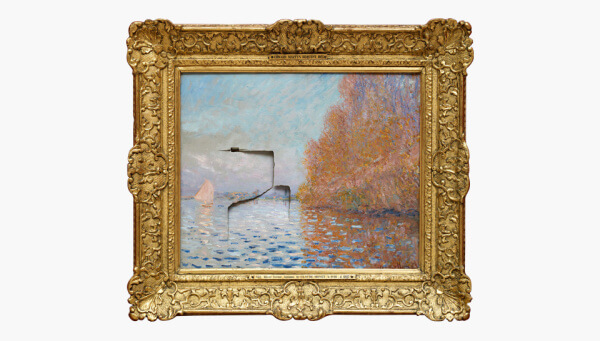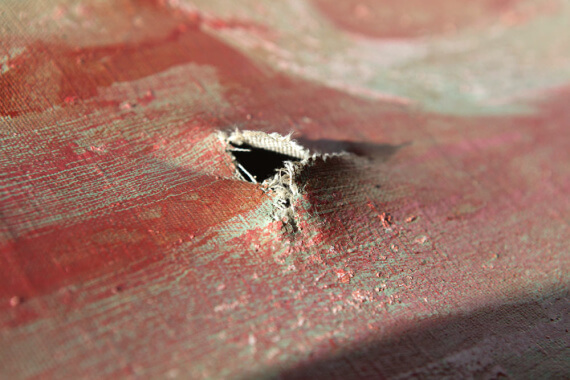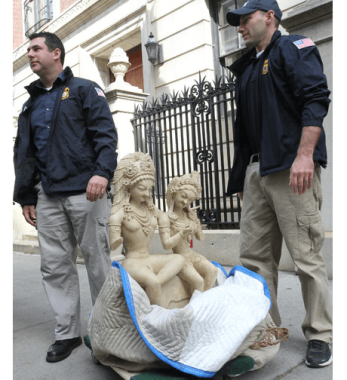Archives
July 2016
Better Practices on Art Insurance
As a consignor:
1) Best to include a clause holding the consignee responsible for damage or loss should his/her insurance company fail to settle any claim within 45 days.
2) Make sure the consignor is additional insured and loss payee.
3) The Certificate of Insurance should be committed by the issuer and not simply informational.
4) READ THE ENTIRE POLICY or have your attorney do so. Know the exceptions which may, effectually, rob you of insurance should the work(s) be damaged or lost.
5) Know the insurance company you are dealing with as certain ones continuously seek reasons for nonpayment or endless delay.
6) Be sure, in the case of damage or loss, you notify your own insurance company, the consignee, and the consignee’s insurance company on a timely basis.
7) Should coverage not be extended for any reason, be sure to read the fine print as to when legal action may be commenced. DON’T MISS THE DATE.
We are compiling both anecdotal and history of various insurance companies’ responsiveness and willingness to live up to their responsibilities. Please forward any information of interest you may have to us at info@artassure.com.
Improper Practices Part II
Yesterday’s note on practices in the art market brought forth a slew of comments and suggestions for publication. We have vetted and two of them and will convey them on to you here.
1) An invoice, not objected to within 30 days by the recipient is deemed to be accepted and becomes a contractual obligation to pay. Buyers, beware of contested invoices going uncontested for more than thirty days.
2) When shipping valuable items with one’s shipper, do not waive any claims of damage to the works while in the hands of the shipper unless you have obtained, in writing, permission for the waiver from your insurer. Failure to do so is cause for the insurance company to deny coverage on damage and, in fact, cancel the policy.
As the art business has grown, the laws, as mentioned here, have the attention of the authorities and enforcement is severe – a reason the community should consult with competent counsel as to its business practices.
We would appreciate your input to our series as we develop these memorandums for the community’s benefit.
Thank you,
ArtAssure Ltd.
info@artassure.com
Improper Practices



